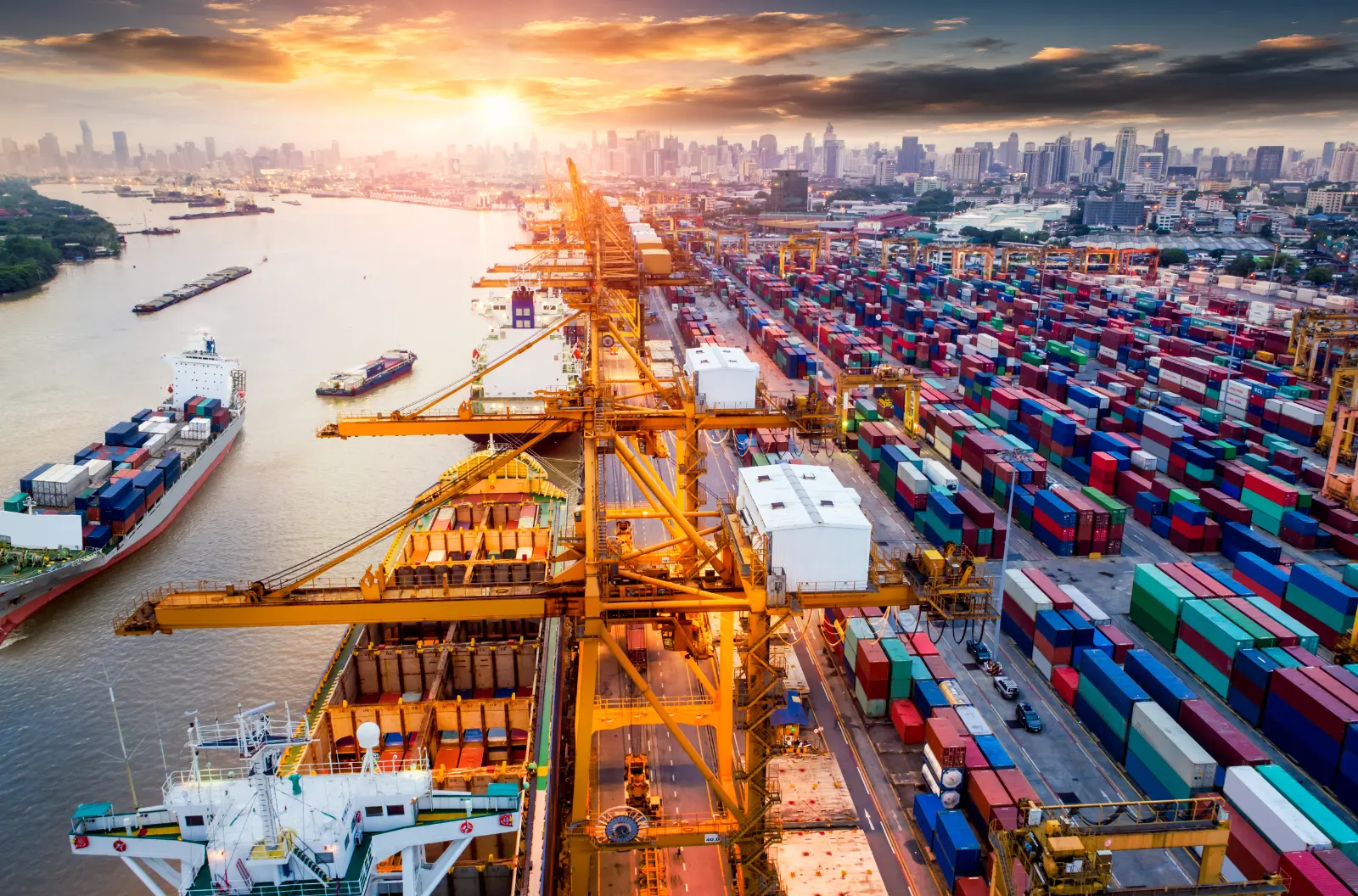Introduction
Recent news highlights severe congestion at Nhava Sheva Port (JNPT) in India, particularly at major terminals. This issue has caused significant delays in container pickups and drops, leading to widespread disruption in the logistics and supply chain sectors. Container truckers report average delays of 6-8 hours per transaction due to volume buildups and erratic vessel schedules. This blog post delves into the impact of these delays, the underlying issues, and potential solutions to mitigate these challenges.
The Impact of Congestion on Logistics
Delays in Container Pickups and Drops
The congestion at Nhava Sheva Port is severely affecting the efficiency of container pickups and drops. With truckers facing average delays of 6-8 hours, the entire logistics chain is experiencing a ripple effect. These delays not only disrupt schedules but also increase operational costs for logistics companies.
Effects on Export/Import Cycles
The delays are significantly impacting the export/import cycle. Importers are facing delivery schedule disruptions, causing delays in receiving goods. This, in turn, affects inventory levels and can lead to stockouts or overstock situations, further complicating supply chain management.
Cost Implications for Container Freight Stations (CFS)
Container Freight Station (CFS) owners are grappling with high yard inventory levels and the difficulty of clearing cargo from the dock. This congestion translates into higher operational costs as CFS operators struggle to manage the backlog and maintain efficiency.
Underlying Issues Leading to Congestion
Volume Buildups
One of the primary causes of congestion is the high volume of containers that the port is handling. The surge in container traffic, combined with limited infrastructure, creates bottlenecks that slow down the entire process.
Erratic Vessel Schedules
Inconsistent vessel schedules contribute to the congestion problem. When ships arrive outside their scheduled times, it disrupts the planned flow of cargo handling, leading to delays and backlogs.
Industry Response and Proposed Solutions
Calls for Improved Cargo-Flow Planning
Industry stakeholders emphasize the need for better cargo-flow planning. Coordinated efforts at port and terminal levels are essential to streamline operations and reduce congestion. Implementing advanced logistics software and predictive analytics can help manage the flow of cargo more efficiently.
Coordinated Efforts and Communication
The Nhava Sheva Container Operators’ Welfare Association (NSCOWA) and the Container Freight Stations Association of India (CFSAI) are issuing daily traffic advisories to keep the trade community informed. These organizations stress that the delays are not due to actions by their member transporters but rather systemic issues that require coordinated action.
Infrastructure Enhancements
Investing in port infrastructure is crucial to handling the increasing volume of containers. Expanding storage facilities, improving road and rail connectivity, and modernizing cargo handling equipment can alleviate congestion and improve overall efficiency.
Utilizing Digital Platforms for Real-Time Updates
Leveraging digital platforms such as LinkedIn and Facebook for real-time updates and communication can enhance transparency and coordination among stakeholders. These platforms can be used to disseminate important information quickly and efficiently, ensuring that all parties are aware of the current situation and any changes.
Conclusion
The severe congestion at Nhava Sheva Port is a pressing issue that requires immediate attention and action. By improving cargo-flow planning, enhancing infrastructure, and leveraging digital communication platforms, the industry can mitigate the impact of these delays and maintain the efficiency of India’s crucial trade gateways. It is essential for all stakeholders to collaborate and implement these solutions to ensure a smooth and efficient logistics process.
Contact Us
Questions or looking for a quote?





